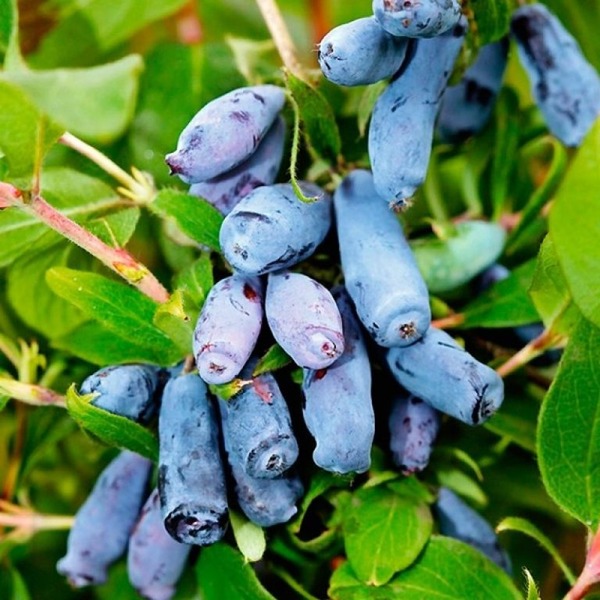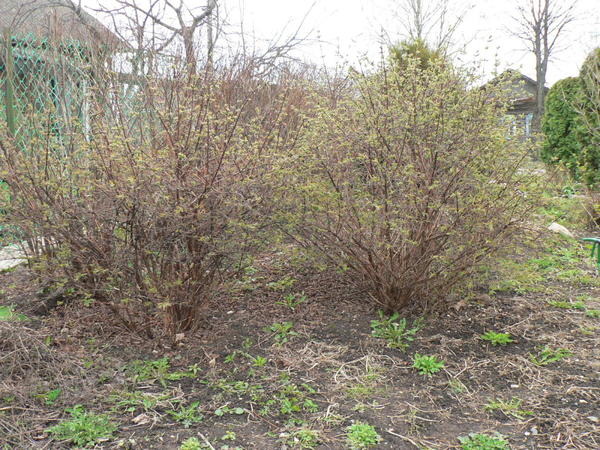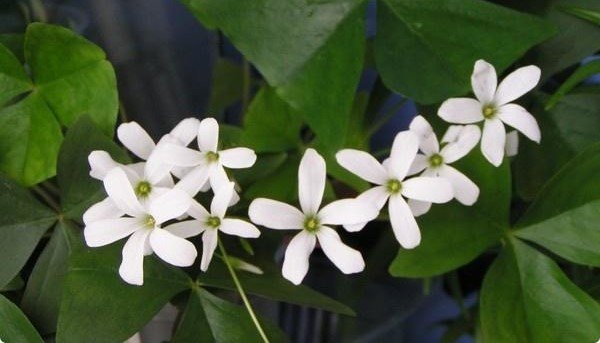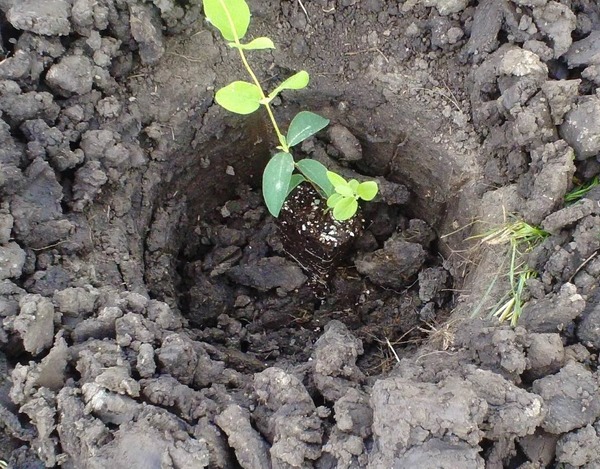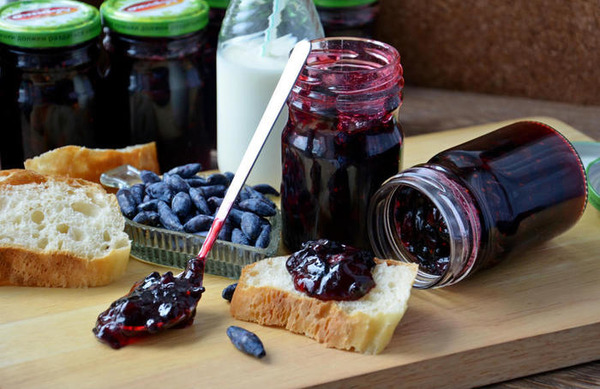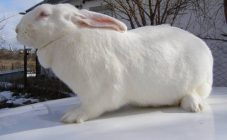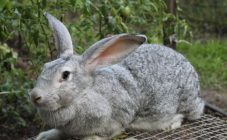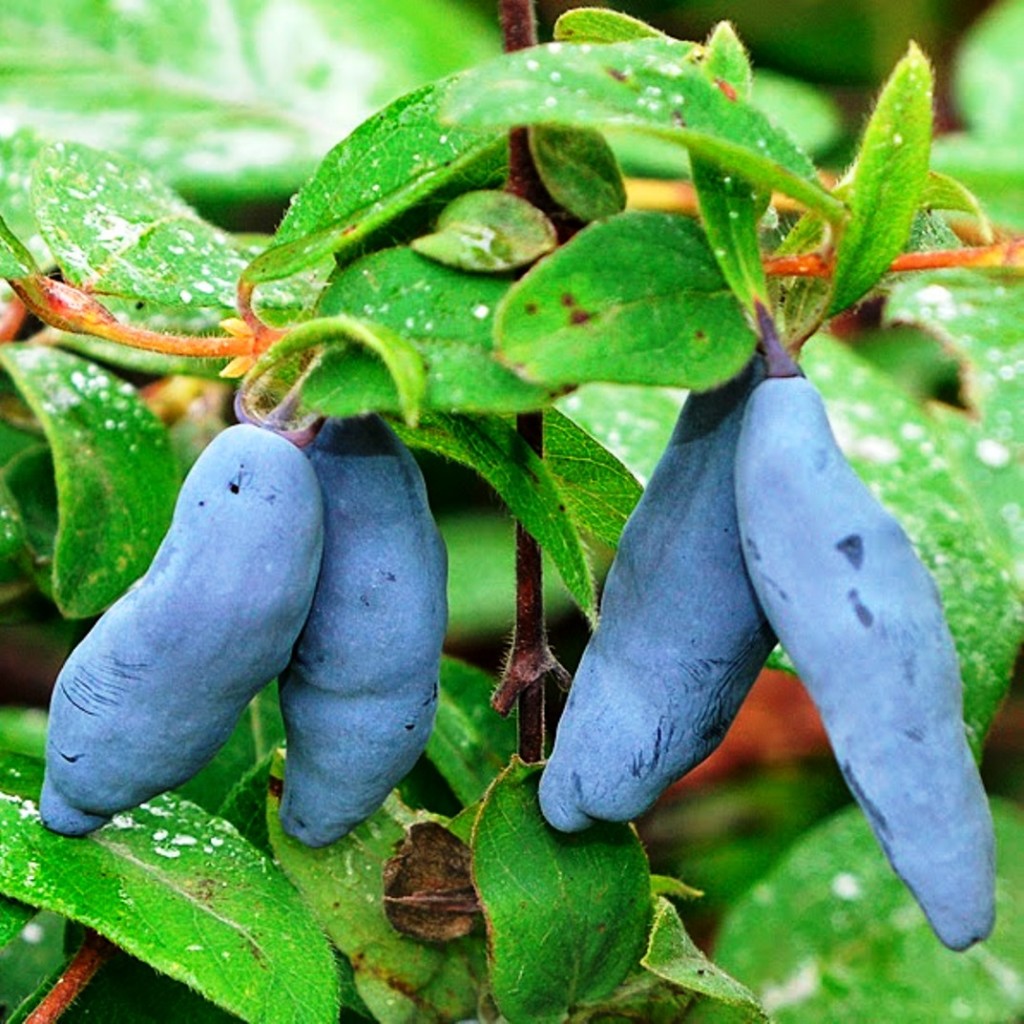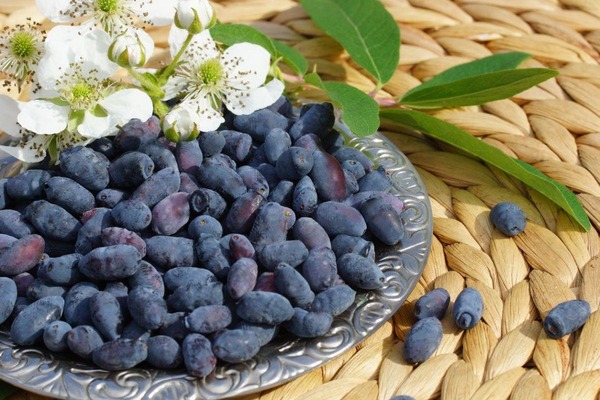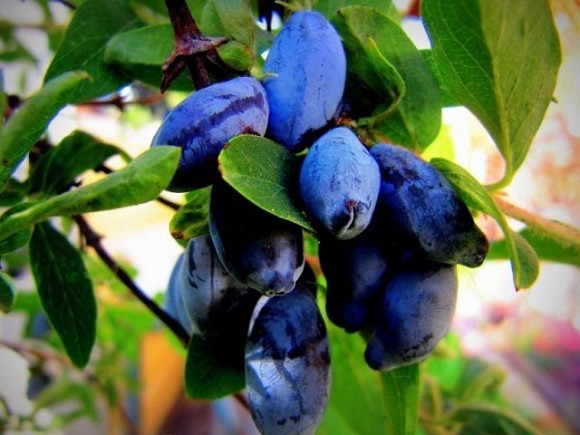Content:
Honeysuckle is replacing the previously popular apple and pear trees. Many are interested in different varieties, wanting to plant the best in their garden. Such is the honeysuckle Bakchar giant. It is chosen for its increased yield and immunity to a strong decrease in temperature. But before planting, it is recommended to carefully study not only the advantages of the variety and its disadvantages, but also to familiarize yourself with caring for the shrub.
The history of the creation of the variety
A variety of honeysuckle was bred in a small village belonging to the Tomsk region. The selection was obtained at the Federal State Unitary Enterprise "Bakhcharskoye" Russian Agricultural Academy; N.V. Savinkova, I.K. Gidzyuk were involved in the work. and Pavlov A.P. Thanks to the collaboration of agronomists, this species was obtained.
Honeysuckle The Bakchar giant was bred with such features that the plant could be grown in the northern regions of Russia. This is due to the fact that not every plant species is able to survive in harsh climatic conditions.
Honeysuckle cultivar characteristics
The characteristic of the variety has a distinctive feature: the plant is frost-resistant. The bush withstands a strong drop in temperature - up to -500C, during flowering it is not afraid of recurrent frosts, which allows it to continue to form buds at -100C.
The shrub got its name, thanks to the large fruits, the weight of each of them can vary on average from 1.7 grams. up to 2.5 gr. The berries are distinguished by an oblong oval shape that looks like a cylinder. The length of each can be up to 5 cm, and in diameter - 1-1.5 cm.
The foliage of the variety is oblong, has a small pile of a bluish tint, therefore it is always matte. The color of the leaf plates is light green. Bakchar's honeysuckle is notable for its medium-sized growth, its height reaches only 2 m, while it boasts significant spreading - up to 1.5 m in width. The length of a young vine, grown in 1 year, reaches an average of 60 cm. The flowering of buds begins in early May. The inflorescences have a white color with a delicate pink tint.
Features:
After planting the honeysuckle of the Bakcharian giant, the description suggests that you can get the first harvest in 2-3 years. The volume of fruits is noted at a level above the average mark - about 4.5 kg from 1 shrub.
The upper skin of the sponge is somewhat bumpy, but not thick when bitten, of medium thickness. The berry is represented by a dark blue color with a strong dusting.
Attention! If kept on a tree until fully ripe, then the shelf life of the fruit increases.
Ripening of varietal honeysuckle falls on the last days of July, which is considered to be the average time of readiness. At the time of ripening, the berries mostly remain on the branches, but under unfavorable conditions they easily crumble.
Growing varieties
In order for the Giant's honeysuckle to successfully take root in the allotted area and quickly grow, it is recommended to choose a suitable place, soil, determine the amount of watering and the introduction of nutrients, as well as care for the shrub.
For successful development, young sprout should be planted in an arid area.The plant does not tolerate marshy soils, so planting in a lowland where melt water collects, or where groundwater is located close, is not suitable. Otherwise, the shrub will sit in the same state for a long period to no avail and will not grow, eventually dying.
Planting should be carried out in sunny areas, but so that the plant is protected from piercing northern winds and drafts. Good lighting of the lush crown throughout the day, but shading the lower part of the shrub and the trunk circle at midday guarantees a rich harvest.
Honeysuckle Bakhchisarai giant is a plant with sterile flowers of both sexes. It is worth planting other varieties of shrubs nearby so that cross-pollination occurs. For these purposes, such varieties as Delight, Daughter of a Giant, In Memory of Gidzyuk, Azure, Nymph, Bakcharskaya Jubilee are perfect. Bumblebees, bees and wasps are excellent pollinators.
Landing for permanent residence is carried out in the autumn. So, the seedling will have time to feed on the introduced mineral and organic fertilizers. Such conditions allow the young plant to better prepare for winter.
Honeysuckle grows in any soil substrate, but loamy fertile soil will be the best option for burying the sprout. The composition of the earth should correspond to slightly alkaline acidity or a neutral pH environment. If the soil is acidic, then it is necessary to add a small amount of wood ash or dolomite flour during planting.
Important! After rooting, it is worth periodically introducing nutritious moisture. Watering is carried out as needed. For this, the condition of the soil near the base of the trunk is monitored. Additionally, the soil is loosened so that a dry crust does not form, which does not allow water and oxygen to quickly penetrate the rhizomes.
During the growing season, for a better growth of greenery and the development of honeysuckle, it is recommended to feed with nitrogen-containing substances. Additionally, it is worth making organic fertilizers (crushed peat, humus, rotted manure). After harvesting, the tree is fed with nitroammophos.
Advantages and disadvantages of the variety
To choose the Bakcharskaya honeysuckle variety, you should pay attention to the reviews of summer residents who previously grew this variety.
There are several advantages of this type:
- The fruit of the tree is edible, it is used for canning, as an additive in the preparation of desserts, and also for fresh consumption. The berries are great for freezing. The storage period in the freezer is 1 year;
- The berries have a dessert taste with a slight sour aftertaste. Unlike other varieties, they have no bitterness;
- During heat treatment, the fruits do not lose their original taste and healing qualities;
- You can collect a maximum of 4.5 kg from one shrub;
- The fruits are large in size, they are easy to pick, thanks to the spreading arrangement of the branches;
- The variety is not susceptible to pests and common diseases;
- Possesses increased resistance to frost, which makes it possible to grow honeysuckle in the northern regions of the country;
- Berries under favorable conditions are stored for a long period, they tolerate transportation well.
A large number of positive qualities of the Bakhcharian giant honeysuckle covers its insignificant shortcomings. In a plant, the fruits ripen not simultaneously, but gradually. Therefore, harvesting is a difficult moment: if you overexpose the fruits, they crumble from the branches with a slight breath of wind.
Note! To solve this problem, experienced gardeners are advised to spread a film or sheet near the plant's trunk. Thanks to the recommendation, the fallen fruits are easy to harvest without loss of yield.
Thus, the Bakchar giant honeysuckle is an interesting shrub with large fruits and good yield. You can describe the plant for a long time, it is better to take and plant a tree with excellent taste and healing qualities in your own personal plot.
